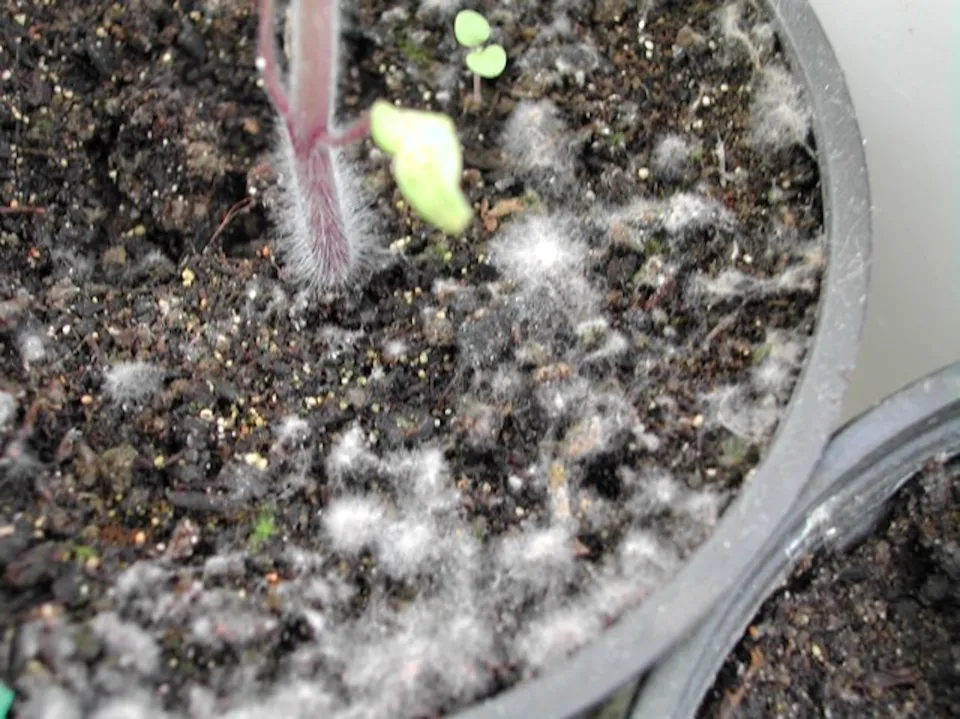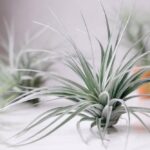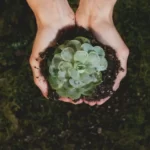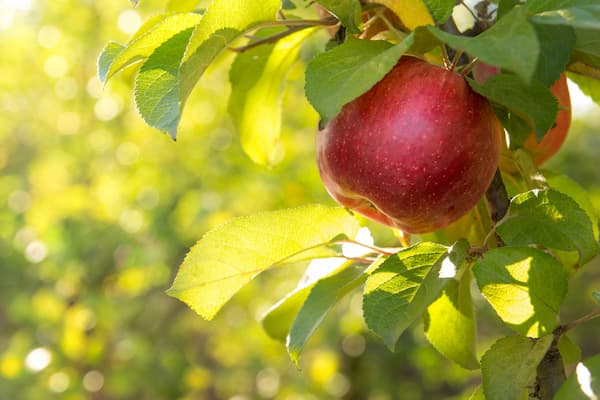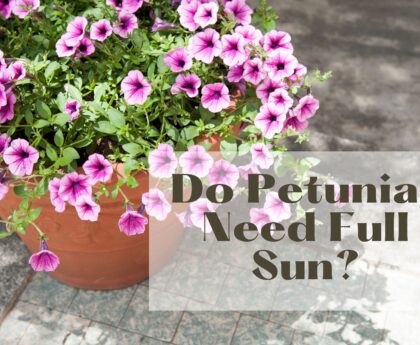A plant’s lifespan can be extended and its health maintained by knowing how to properly treat white mold on plant soil.
Although it may be horrifying to see, white mold can naturally grow on plant soil. The mold that is developing on soil is frequently unharmful and is relatively simple to treat. This phenomenon, which is brought on by a saprophytic fungus, can take the form of a white, fuzzy mold on top of the soil.
What then should you do if you notice mold growing on your prized houseplants? You must be aware of this.
Why Is There White Mold on Plant Soil?
Whether indoors or out, mold spores are a beneficial component of the soil for plants. At first, they may seem harmless. However, they can turn into fungus if left untreated in specific circumstances.
The white substance in the soil that you can see is a fungus. The white mold not only looks bad, but it can also compete with the plant for nutrients. Some of the conditions leading to this are:
Moisture
Yes, we usually bear responsibility for the circumstances that lead to mold growth in indoor plants. This is particularly valid for plants that are grown indoors.
White mold is a result of moisture, which can come from both moist soil and humid air. Either one can initiate the growth of mold, and the coexistence of both can exacerbate the situation.
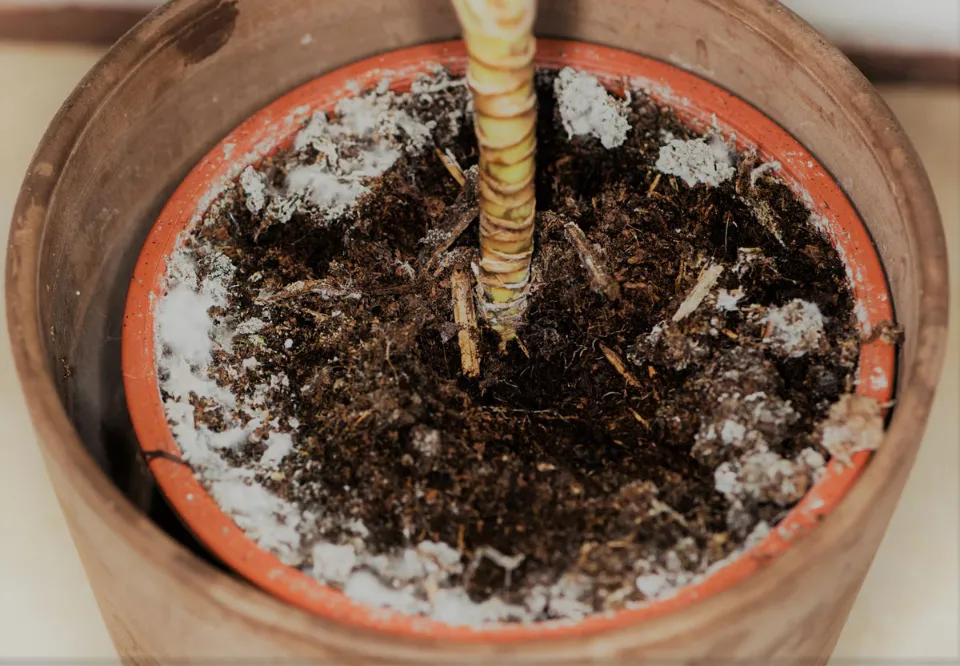
Poor Lighting
Poor lighting conditions are another factor that promotes the growth of mold. Every plant has unique requirements for sun exposure. Without enough sunlight, not only will the plant suffer, but the soil won’t be able to dry out. White mold flourishes best in dark, moist soil that receives little light.
Poor Air Circulation
Indoor plants do not benefit from a natural breeze to help keep leaves fresh and dry out the top of the soil. This is especially true during the winter when all of your windows and doors are shut.
When all three of these conditions coexist, mold growth is inevitable.
Contaminated Soil
It is possible for indoor plant soil to become contaminated. This is frequently caused by poor storage practices and extended exposure to too much moisture. if a plant kept indoors is grown in contaminated soil. It might result in mold growing in the soil of the houseplants.
Is Moldy Soil Bad for Houseplants?
Moldy soil is generally nothing to be alarmed about. Mold is a sign that the soil around your plant is teeming with organisms. The growth of your plant, however, might be hampered if there is too much mold present because it may eventually compete with your plant for nutrients in the soil.
The real issue with mold on houseplant soil is that it typically means your plant is growing in conditions that are too moist, which can lead to more severe conditions like root rot. Mold is a reliable sign that something needs to be changed in your plant’s growing environment.
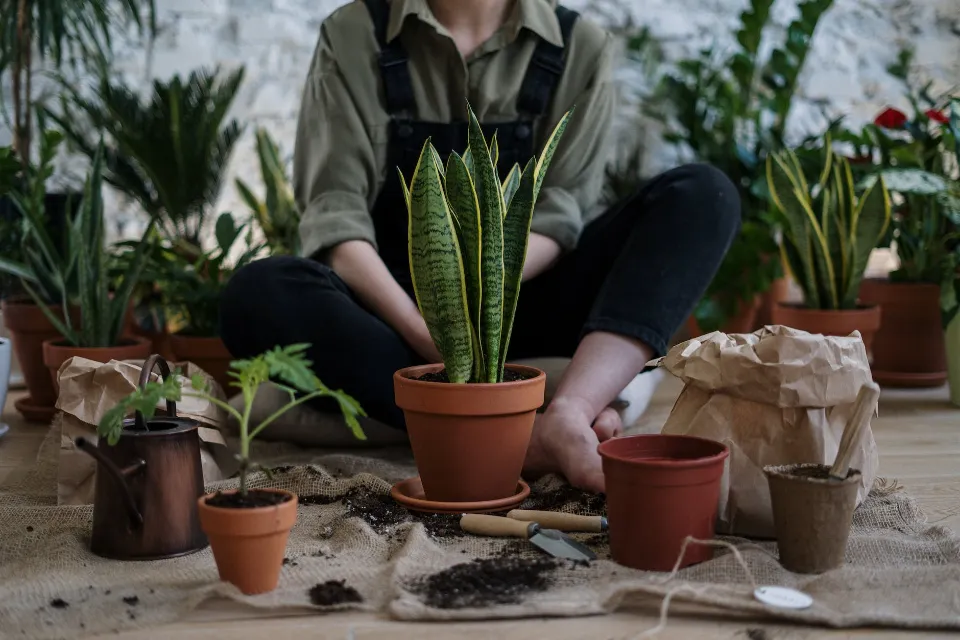
How to Get Rid of Mold on Plant Soil?
It may be simple to get rid of the mold on the plant soil. You can try either of two strategies. These are:
- Use neem oil. A naturally occurring substance called neem oil functions as an efficient insecticide to help fight off unwanted pests like white mold. Every few days, liberally spray the infected plant with a mixture of two teaspoons of organic neem oil and a half gallon of water until the mold is gone.
- Try mouthwash. White mold can sometimes be effectively treated with mouthwash containing ethanol. Apply to affected areas by combining one part mouthwash with three parts water. While mouthwash is an effective treatment for white mold, excessive use can harm new plant growth and burn leaves.
- Use vinegar. Vinegar is a tried-and-true method for getting rid of mold and bothersome white spots on your plants. Spray the infected leaves and stems with a solution made of two tablespoons of apple cider vinegar and one quart of water. Repeat daily until there are no longer any signs of mold.
- Practice preventative care. Preventing mold from ever growing in the first place is one of the best ways to combat it. Use an organic fungicide to treat your plants’ leaves and stems, or mix a solution with a tablespoon of baking soda and a half-tablespoon of liquid dish soap in a gallon of water. Spray the mixture onto the plant liberally.
How to Prevent White Mold Growth?
The best way to treat indoor plant diseases, like almost all other plant ailments, is to completely avoid them. A sound maintenance schedule is also the best defense against plant diseases.
Watering
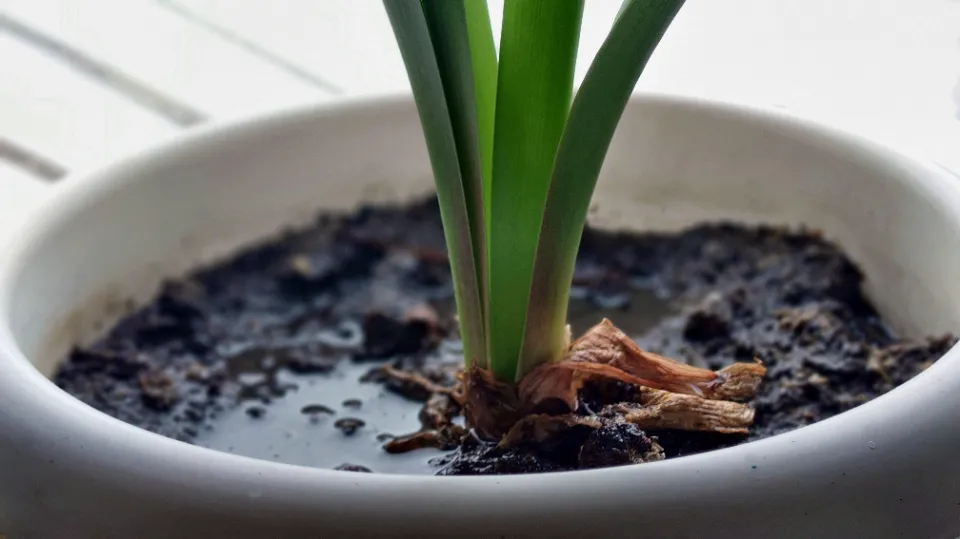
Mold and fungus can grow on your plants as a result of overwatering. By inserting your finger one inch into the soil, you can prevent indiscriminate watering. Your plant doesn’t need more water if the air is damp. Give your plant a drink if the first inch of the soil is dry.
But keep in mind that even if your plant does require watering, you still run the risk of overwatering it. Avoid letting plants sit in water that is still because they dislike having wet feet. After watering your houseplants, wait a short while before dumping any leftover water.
Bottom Feed Your Plants
When plants are placed in a bowl of water, they can absorb moisture through the planter’s bottom drainage hole in a manner similar to how their roots would do so in the wild. This type of watering maintains the top of the soil’s dryness, preventing the growth of fungus and mold as well as fungus gnats.
Bottom-feeding promotes deep root growth as well, and as we all know, healthy top growth depends entirely on the health of the roots beneath the soil.
Keep the Top of the Soil Clean
Make it a routine to clear away any trash or dead foliage that has landed on the soil’s surface. This organic matter will begin to decompose if not stopped, which will invite rot and disease.
This step is particularly crucial if your plant is large and bushy, making it difficult to see the soil. You’ll have a mess on top of your soil, and because it’s harder to see, you might not notice it before it becomes a bigger issue.
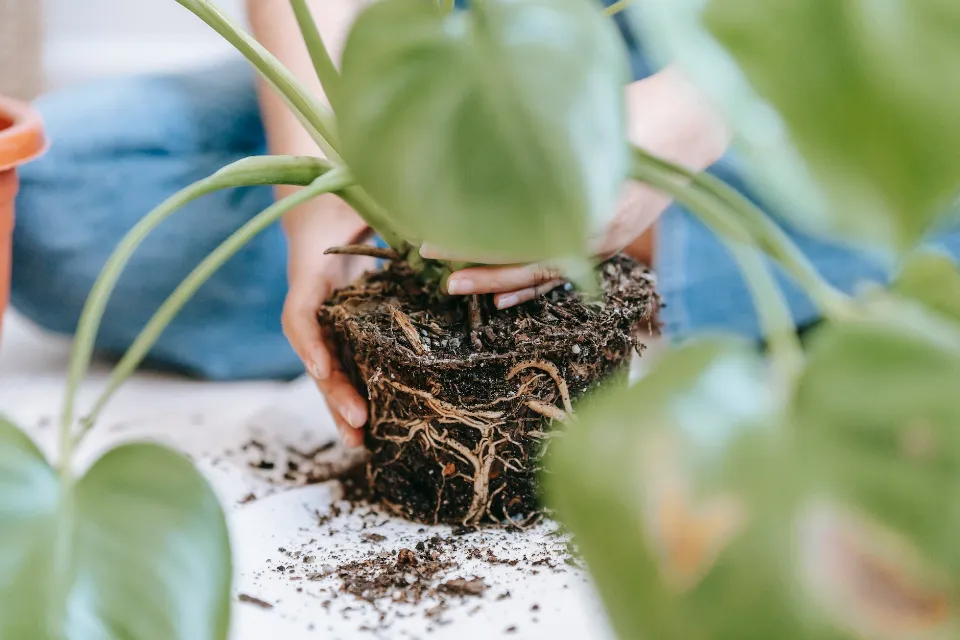
Good Air Circulation
In the wild, the wind constantly circulates the air around plants, allowing the soil and leaves to dry out properly. It’s a completely different situation in your home. Air circulation is usually not a problem when the windows are open in the warmer months.
You’ll need to help your plants a little bit when it’s cold outside in the winter. In the winter, keep your ceiling fan on if you have one. This will benefit your plant in addition to assisting in the movement of hot air that will keep your house warmer.
If you lack a ceiling fan, a small oscillating fan can be used. Throughout the week, move it around your house and rooms to freshen the air. Once more, the air movement will be advantageous to you and your plants.
Conclusion: White Mold on Plant Soil
Year after year, as your plant collection expands, you’ll discover that a thin layer of mold on the soil’s surface is a typical problem.
As was previously stated, mold spores are safe. They can, however, be harmful to plants if ignored for an extended period of time. They become a white mold on the soil’s surface, which is why this happens. With regard to nutrients, this might compete with the houseplant.
FAQs
Do I Have to Throw Away a Houseplant With Mold on the Soil?
If you see mold on the soil of your houseplant, you don’t have to get rid of it. Simply remove the moldy areas and sprinkle cinnamon on them to act as a natural fungicide. If you prefer, you can also completely replace the soil with new soil.
How Can You Kill Mold in Plant Soil?
Repotting the plant is the best way to eradicate mold in plant soil.
How Long Does It Take to Treat Soil Mold?
The fungus may take up to three days to die when the right fungicide is used.

